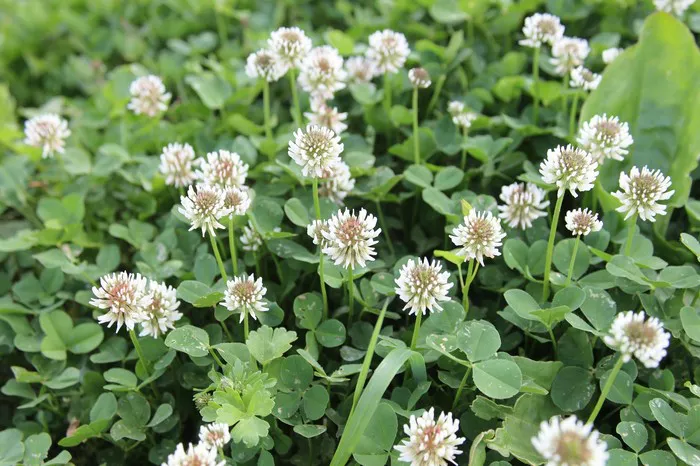Groundhogs, also known as woodchucks, are fascinating creatures that belong to the rodent family Sciuridae. These herbivorous mammals are widely distributed across North America, predominantly in areas with abundant vegetation and open spaces. While groundhogs are primarily known for their burrowing habits and their role as weather predictors on Groundhog Day, their dietary habits are equally intriguing. One aspect of their diet that often raises questions is their preference for flowers. In this article, we delve into the dietary habits of groundhogs, specifically focusing on the flowers they consume and the implications for gardeners, conservationists, and wildlife enthusiasts.
Understanding Groundhog Diets: Herbivores in Action
Before delving into the specifics of groundhog flower consumption, it is essential to understand their broader dietary preferences. Groundhogs are strict herbivores, meaning they consume only plant matter. Their diet primarily consists of grasses, herbs, clover, alfalfa, and other vegetation commonly found in meadows, fields, and gardens. They are selective feeders, often preferring tender, succulent plants over tougher vegetation. This selective feeding behavior can have significant implications for ecosystems, especially in areas where groundhog populations are dense.
The Role of Flowers in Groundhog Diets
While groundhogs primarily feed on grasses and other greenery, they also have a penchant for certain types of flowers. Flowers provide not only sustenance but also essential nutrients and variety in their diet. Groundhogs are known to consume a variety of flowers, including but not limited to:
1. Dandelions: Dandelions are a common sight in fields and meadows, and groundhogs are known to feast on their bright yellow flowers. These resilient plants are rich in vitamins and minerals, making them a nutritious addition to the groundhog diet.
2. Clover: Clover flowers are another favorite of groundhogs. With their sweet nectar and delicate petals, clover flowers attract these herbivores, providing them with both sustenance and hydration.
3. Sunflowers: Groundhogs are not immune to the charm of sunflowers. While they may not consume the entire flower, they are known to nibble on the petals and seeds, especially when these plants are in close proximity to their burrows.
4. Black-eyed Susans: These cheerful flowers are not only a visual delight but also a tasty treat for groundhogs. The bright yellow petals of black-eyed Susans are often on the menu for these herbivores during the summer months.
5. Tulips and Daffodils: While groundhogs are less likely to target tulips and daffodils due to their toxicity and bitter taste, hungry individuals may still attempt to nibble on these flowers if other food sources are scarce.
Implications for Gardeners and Conservationists
For gardeners and conservationists, understanding groundhog dietary habits is crucial for managing wildlife interactions and preserving plant diversity. While groundhogs can be considered pests in certain contexts, they also play a vital role in ecosystems as seed dispersers and habitat engineers. Balancing the needs of groundhogs with the interests of gardeners and land managers requires careful consideration and proactive measures.
One strategy for mitigating potential conflicts is to design gardens and landscapes with groundhog-resistant plants. By choosing species that are less palatable to groundhogs, such as aromatic herbs, ornamental grasses, and native wildflowers, gardeners can minimize damage while still creating beautiful and biodiverse landscapes. Additionally, physical barriers such as fences or wire mesh can be effective deterrents to prevent groundhogs from accessing sensitive areas.
Conservationists can also play a role in promoting coexistence between groundhogs and humans by implementing habitat management practices that benefit both wildlife and people. Maintaining diverse and healthy ecosystems, preserving natural habitat corridors, and promoting sustainable land use practices can help support groundhog populations while minimizing conflicts with human activities.
See Also: Flower Plants That Thrive with Coffee Grounds
Conclusion
In conclusion, groundhogs are fascinating herbivores with diverse dietary preferences, including a penchant for certain types of flowers. While they primarily feed on grasses and other vegetation, flowers provide an additional source of nutrition and variety in their diet. Understanding groundhog dietary habits is essential for gardeners, conservationists, and wildlife enthusiasts alike, as it allows for informed decision-making and proactive management strategies. By promoting coexistence and implementing habitat-friendly practices, we can foster healthy ecosystems where groundhogs and humans can thrive together.


